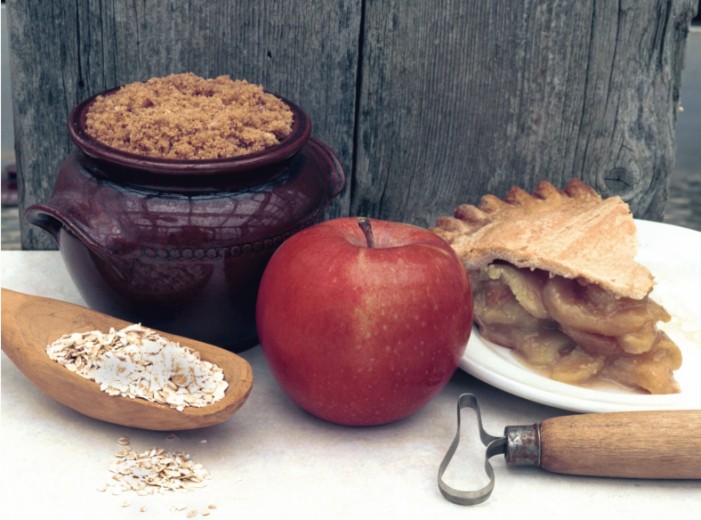|
Vigour
|
Vigourous. The tree eventually becomes quite large, only moderately hardy.
|
|
Habit
|
Narrow upright becoming spreading with successive crops. Tends to have narrow crotch angles and many lateral shoots. Judicious pruning coupled with limb spreading and/or tying down will both develop a productive tree faster and forestall splitting loss of major limbs under a heavy crop load and a storm.
|
|
Precocity
|
Notoriously slow to bear. With size controlling stocks and best training practices this can be shortened considerably.
|
|
Fruit Placement
|
Primarily on spurs and two and three year old shoots.
|
|
Bloom Period
|
Late.
|
|
Pollination
|
In mixed cultivar plantings Spy will usually set well, but in the occasional season mid-season blossoms will be over before Spy is ready. Remedy? Always co-plant another late blooming diploid.
|
|
Nutrition
|
Moderate Nitrogen levels are adequate; too much vigour and low Calcium will lead to bitter pit disorder.
|
|
Crop
|
Once in production yields are usually good. It can become biennial.
|
|
Synchrony
|
Good.
|
|
Adaptation
|
Best adapted to regions somewhat north and east of its origin. Local folklore attributres the Falmouth area as producing the best Spys.
|
|
Disease Reaction
|
Only mildly susceptible to scab, powdery mildew and juniper rust. Somewhat susceptible to the physiological disorder bitter pit. Storage rots should be guarded against often starting as lenticel (Spy) spot.
|
|
Insect Reaction
|
Somewhat susceptible to mites. Spy has genetic resistance to woolly aphids.
|
|
Rootstock
|
Dwarfing stocks both are useful and are not the whole answer. They will reduce the time to bearing but planting large nursery trees, growing and training them well will do so also. Unless supported, Spys on dwarfing stocks will have some trees that break at the union under heavy early cropping.
|


